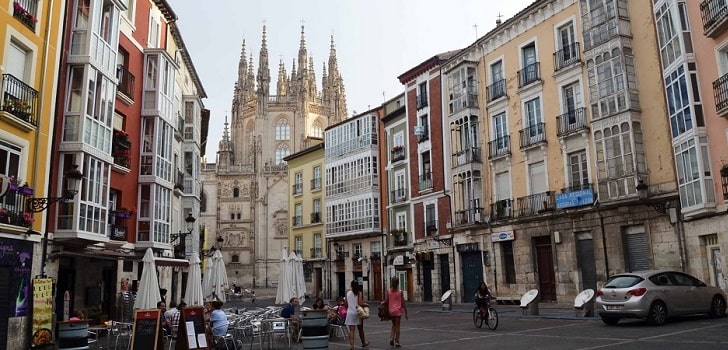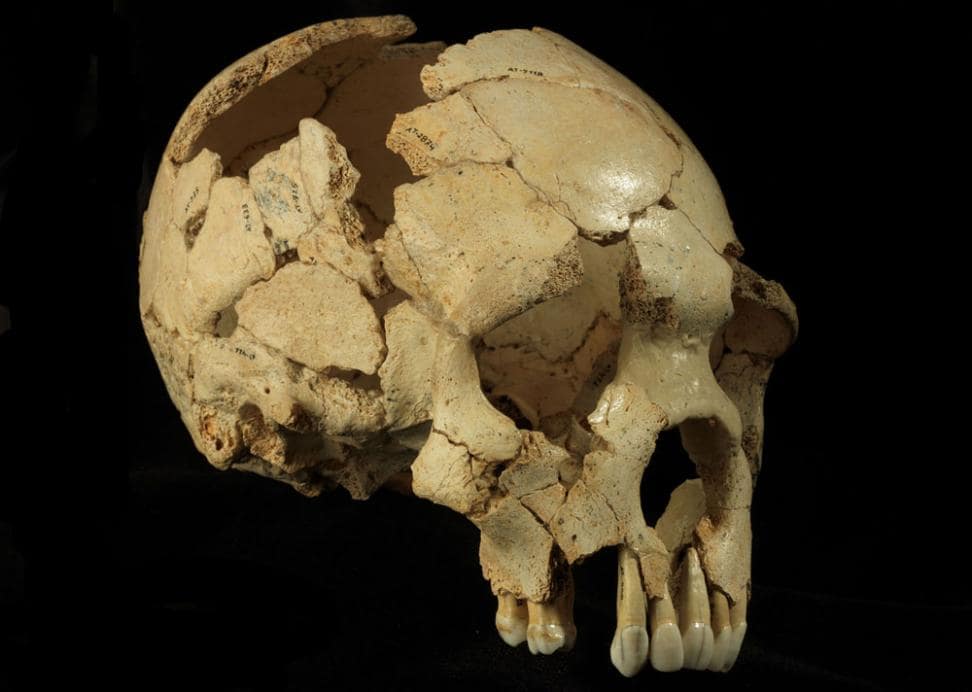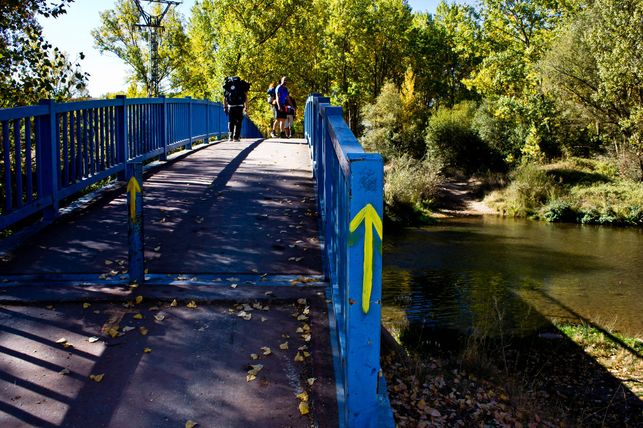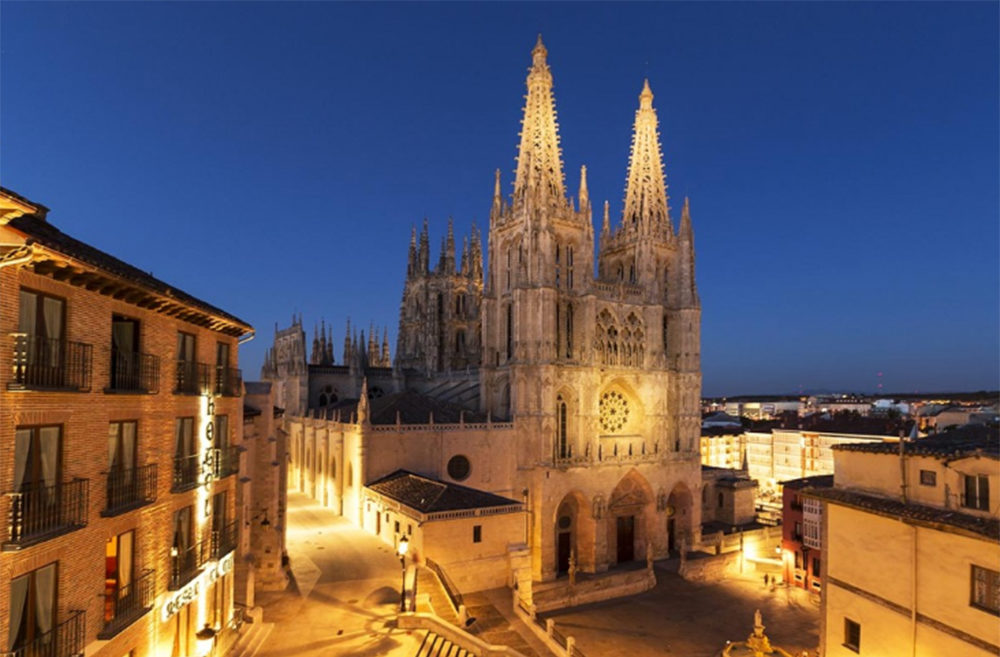Recognition of the UNESCO as World Heritage properties It is one of the most important distinctions in the world of art and culture. The places thus recognized are a inheritance for humanity, and have a special protection, since they have to be made known for their cultural, historical or natural importance.

–
In total, 1,121 locations in 167 different countries have this distinction. Y Burgos is lucky and proud to be able to say that in their lands they are three of them. In addition to the artistic and cultural heritage, it also has one of the most important archaeological finds in the world.
Burgos Cathedral and the historic center

In 1984 the Cathedral of Burgos obtained the first distinction of the Patrimony of the Humanity in the province. The temple, which is about to fulfill its eighth centenary, was recognized for his architecture and the works that it houses inside. The paintings, the choir seats, altarpieces, tombs and stained glass are a great compilation of the history of Gothic art. Its harmony and beauty make the Cathedral the most emblematic building in the city.
Apart from recognizing the temple, UNESCO made a extension of protection to the entire historic center of Burgos in 2014. In addition to the walled enclosure and all the buildings of historical interest that are within it, this protection zone has been extended to reach the 78 hectares. Thus, heritage and natural elements such as Cerro del Castillo and the banks of the Arlanzón River are part of the list of World Heritage Sites.
Atapuerca deposits

The caves of the Sierra de Atapuerca they contain fossil remains of the first humans who settled in Europe, which are a source of data to know the way of life of our ancestors. Due to the importance of the finds that have been found in these chasms, UNESCO declared in the year 2000 the sites of the Sierra de Atapuerca World Heritage Site.
In these sites, fossil remains and evidence of the presence of five different hominid species have been found: Homo sp (1,300,000 years), Homo antecessor (850,000 years), Preneanderthal (500,000 years), Homo neanderthalensis (50,000 years) and Homo sapiens.
The Atapuerca deposits are only 15 kilometers from Burgos capital. The visit can be done in three different spaces: in the own sites, by the ‘Railroad Trench’, where the first remains were found and where the Sima del Elefante, Gallery and the Gran Dolina are. Second, the Center for Experimental Archeology (CAREX) It houses exhibitions where you can learn about the processes of making and using tools, cabins, fabrics, ceramics or works of art from the past. Finally, the visit is completed in the Museum of Human Evolution (MEH). In the center of Burgos you can enjoy the exhibition of more than 200 originals found in the Sierra de Atapuerca. In addition, the museum offers an extensive tour of human evolution, both biological and cultural.
The road to Santiago

The French Way of Santiago crosses the province of Burgos during 112 kilometers. There are many pilgrims who choose to start their route here, since there are 21 stages that separate Burgos from Santiago de Compostela. In addition, the province is full of stops of great interest like San Juan de Ortega, Belorado, Castrojeriz and the Convent of San Antón.
In addition, within the city of Burgos, there is a route of the Camino that runs from east to west. This alternative is a tourist attraction that many visitors choose to get to know the city. For all these reasons, UNESCO included the Camino de Santiago de Burgos in the list of World Heritage Site in 1993. This was the first year in which spaces like the Camino became part of world recognition. In later years, sections of France and the north of the peninsula were joined.
Tags: Atapuerca, burgos, Camino de Santiago, Cathedral, Historic Site, World Heritage
–


